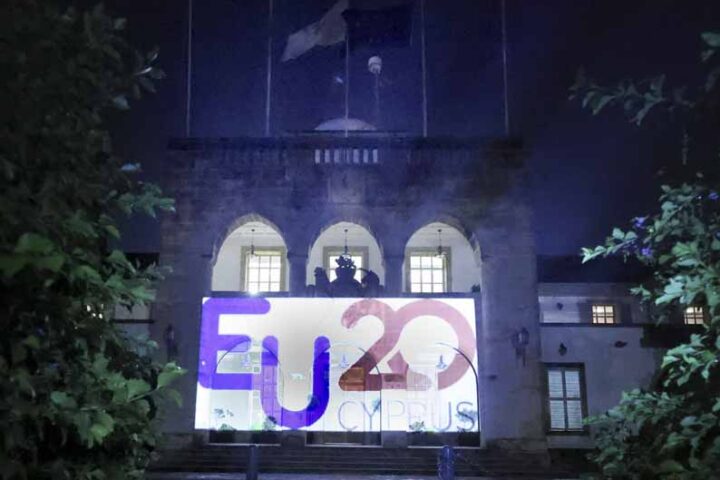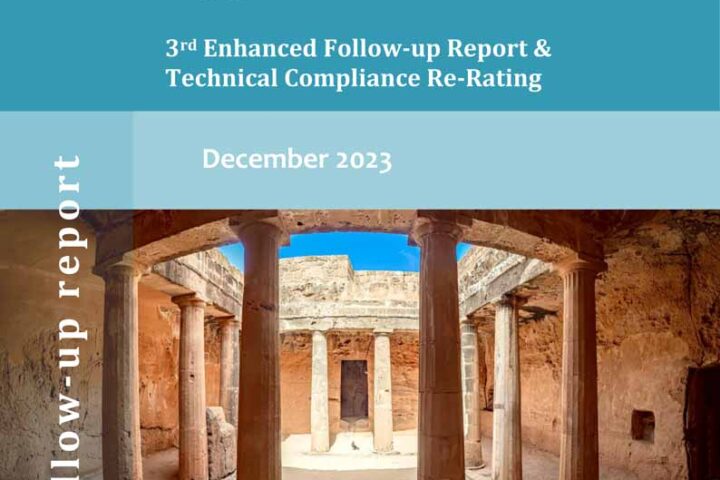By Patrick Skinner
Â
As he walked into the main conference suite (a.k.a. the ballroom) of the Four Seasons, Lemesos, to address an audience of more than 100 people, clad in an impeccably tailored grey striped suit, white shirt and silk tie, he looked every inch a top international business executive, or a statesman perhaps. In fact he was neither – he was, and is, currently the hottest winemaker in the world. He is Giacomo di Neri, of the family firm of Casanova di Neri of Montalcino in
He was here last week on a flying visit, to tell us about five of his wines, one “Rosso di Montalcino†DOC, three styles of “Brunello di Montalcino†DOCG and one based on Montalcino-grown Cabernet Sauvignon. Because of the demand created by high 90s and 100 point markings by the likes of the American gurus Robert Parker and the “Wine Spectatorâ€, the Brunellos are almost impossible to obtain.
For those among my readers who are not yet familiar with Italian wine regions, a word of explanation.
Montalcino: the hillside town in southern
Brunello: the name of the grape from which these regional wines are made. A clone of the San Giovese variety developed by the Biondi-Santi family in the 1860s and whose name was the leading one in the region for many years. “Brunello†means “little dark one†which accurately describes the grape – though the wines deserve the accolade “the big dark oneâ€. Thus, the top wines of this area, with the DOCG classification are called “Brunello di Montalcinoâ€, whilst those with DOC are “Rosso di Montalcinoâ€.
With 65% of his wines dedicated for export markets like the
“The vineyardâ€, he said promptly.
Some winemakers who have entered the Wine Spectator’s 90 – 100 point Hall of Fame have become arrogant and conceited. Not so Mr di Neri. His introduction was short, with little about himself or the winery’s achievements (his importer here,
He uses the French word “Terroir†to encompass the factors in producing his wines – the combination of nature (location, geology, soil, overall climate and micro-climate) and man (understanding and working with nature, and the proper cultivation of the right grapes in the right place) and from his words his real love does indeed lie in the vineyards. “Passion†is a characteristic of many dedicated people in the wine business and it shows in Mr di Neri.
Montalcino wines are unusual. The Brunello grape takes some getting to know, especially as wine style can vary from plot to plot, but the most common characteristics are depth, intensity and longevity. Not too many years ago, the wines were considered unapproachable at less than ten years of age, and it was clear from the three Brunello di Montalcino that they will develop their style and balance to a great degree in five to fifteen (or more) years. These DOCG wines, by law, must be aged in wooden barrels for at least two years and cannot be sold at less than five years of age.
The one wine currently available is the DOC 2005 Rosso di Montalcino (£10.50 from La Maison du Vin stores in Lemesos and Lefkosia). It is bright, forward, not heavy, with good red fruit and blackberry notes on the nose. Uncorked at least an hour before drinking and decanted, it will open it up into a very meat-friendly food accompaniment.
When available, at around £22.00, the 2001 Brunello di Montalcino DOCG is powerful stuff – a huge nose of oak and fruit, big tannins on the tongue and considerable panache.
“It should be opened six hours before drinkingâ€, said Mr di Neri. If you can get some, and cellar it for ten years, you will understand why these wines are rated so highly. A few nights ago I opened the one remaining bottle in my cave and we drank it with Beouf Stroganoff  which it suited well. But at 14.5% alcohol by volume, it is powerful stuff. For those who don’t know these wines, I would compare their style with Chateau Musar, the heftier Penfolds (including Grange) or the more expensive Chileans.
The final wine Mr di Neri presented rather diffidently; clearly regarding it as a curiosity – PietradOnice San’ Antonio Rosso DOC, 2003, is vinified from 90% Cabernet Sauvignon grapes grown in the same area as the ‘indigenous’ Brunello (the other 10% is Brunello). Yes, the aroma and taste had the red summer berry fruits expected, and therefore had a familiarity, but the style was essentially di Neri. I liked it, as did several other tasters near me.
A capacity audience of sommeliers, F&B managers, restaurateurs, hoteliers, wine lovers and hacks showed great appreciation of the wines and their maker with comments, questions and applause. A vote of thanks to
Â
Â
Copyright – Palskinner Publishing, 2007







